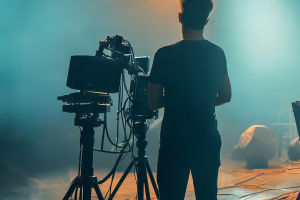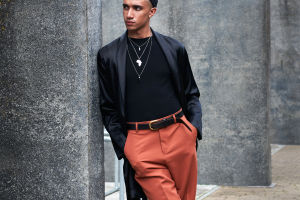Have you ever paused to wonder if a machine could create something truly artistic? In our rapidly evolving digital age, artificial intelligence (AI) is making strides in various creative fields, from music and painting to writing and design.
But the question remains: can AI generate genuine art, or is it merely mimicking human creativity? This article invites you to explore this fascinating debate.
Defining True Art
Before answering if AI can create real art, we must consider what "art" truly means. Traditionally, art is seen as a form of human expression—an emotional, intellectual, or spiritual communication conveyed through various media. It often involves intention, imagination, and a connection to human experience.
Can a machine possess these qualities? AI operates through algorithms and data patterns, lacking consciousness and emotions. Yet, it can produce impressive visual images, music compositions, or literary pieces. So, is this output art or sophisticated replication?
How AI Creates: Algorithms and Data
AI creates through learning from vast datasets—thousands or millions of images, sounds, or texts. Using techniques like machine learning and neural networks, AI models identify patterns and generate new works based on learned styles and structures.
For example, generative adversarial networks (GANs) can produce paintings that resemble famous artists' styles, and language models can write poems or stories. However, this process is fundamentally different from human creativity, which involves personal experiences, emotions, and intentions.
Can Machines Have Creativity? Perspectives from Experts
Many experts argue that AI's "creativity" is a reflection of human creativity embedded in its training data and design. Philosopher Margaret Boden classifies creativity into three types: combinational, exploratory, and transformational. AI excels at combinational creativity—recombining existing ideas—but transformative creativity, which changes concepts or creates something unprecedented, is still a human domain.
Meanwhile, some AI researchers suggest that as AI advances, it might achieve forms of creativity that challenge traditional definitions. But for now, AI's creativity lacks awareness and genuine subjective experience.
The Role of Human Intent and Interpretation
Art also depends on human intent and audience interpretation. A photograph or painting's meaning can change based on the creator's purpose and the viewer's perspective. When AI generates art, humans often act as curators or collaborators—choosing, modifying, or contextualizing the AI's output.
This interaction highlights that AI is more of a tool or partner in the creative process, rather than an independent artist. The value and meaning of AI-generated art are closely tied to human involvement.
AI Art and the Changing Art World
Despite the debates, AI-generated art is gaining acceptance in galleries, auctions, and popular culture. It challenges traditional ideas about originality and authorship. For instance, AI artworks have sold for significant sums, sparking discussions on what constitutes creative ownership.
Artists use AI to experiment with new forms, pushing the boundaries of art itself. This synergy between human creativity and AI technology expands artistic possibilities.
Ethical and Philosophical Challenges
The rise of AI art also raises ethical questions. Who owns AI-created works? How do we credit creators when machines generate content? Additionally, there is concern about the impact of AI on human artists and creativity, especially if machines become dominant content producers.
Philosophically, AI art forces us to reconsider what it means to be creative and whether machines could ever possess something akin to human consciousness or soul, which many believe are essential for true art.
Conclusion: Art in the Age of AI
So, can AI create genuine art? At present, AI produces remarkable and sometimes beautiful works, but it does so without consciousness, emotions, or intentions. Real creativity is deeply tied to human experience, making AI a powerful tool rather than a true artist.
What do you think? Can a machine truly create art, or is art forever a human domain? Your thoughts matter in this ongoing conversation about creativity and technology's future.


